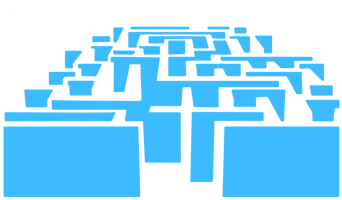Defining principles at the beginning of your design work helps to align your team and stakeholders on the overall purpose and objectives of the project. Well prepared and put into practice, they provide a resource to use at different stages and in different situations of your work.
Org design principles – functions and examples
1. Functions of org design principles
Reference to a principle may resolve and decide trade-offs in one or the other direction. Re-introducing them at the beginning of work sessions can support tuning participants into the big picture of your work. They are also thinking devices (e. g. by asking the question, how does this particular design question look in the light of our principles?). They provide guardrails by answering some questions, well, in principle (e. g. by defining minimum spans of control). They can reduce complexity (e. g. by excluding certain options). And they can contain practical checks encapsulating (important aspects of) your strategy.
2. Examples of org design principles
A few examples of design principles are given in the Organizational Structure Kit tool “Developing Principles” (containing some practical tips for developing principles) and here are few more. For example, one company I once consulted for set the design principle that, as a rule, supervisors and teams had to be co-located, by that supporting its outsourcing strategy (which in its early days had the effect of keeping manager positions in its fancy headquarters and shifting only junior positions). A general stop to building up positions in (pre-defined) high-cost locations and defining minimum spans of control served the same purpose.
Principles can also define behavioral expectations. The often (and rightly so) quoted advise “don’t ask for permission, ask for forgiveness”, for example, introduces a prioritization of initiative over authority. Relative priorities in the style of “even over” may support steering behaviors into the direction of a desired change (customer inquiries even over project deadlines).



